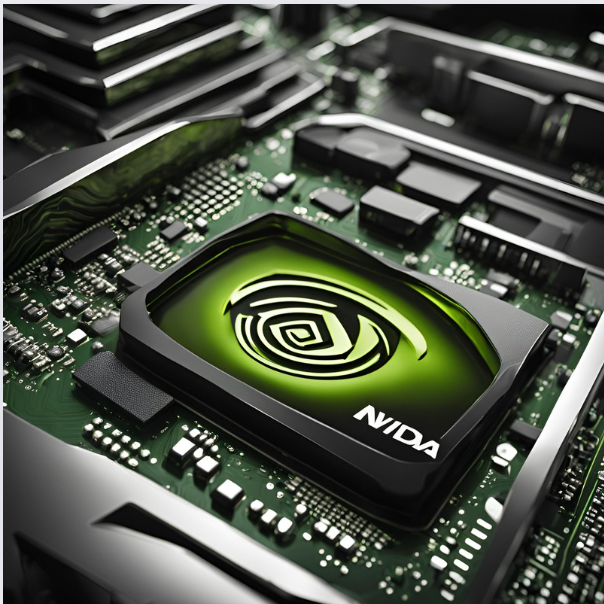Nvidia’s stock has soared since early 2023, largely due to the surging demand for AI chips. On July 9, the company reached $4 trillion in market value on AI dominance. This makes the company making first public company in the world to reach this mark, solidifying its position on Wall Street.

The previous record for the company was set on June 26th after investors gained confidence that trade restrictions with China won’t stop the company from innovating.
In April this year, the Trump administration implemented new rules blocking sales of Nvidia’s H20 AI chips—specifically designed to comply with earlier export restrictions.
As a result, Nvidia had to write off $4.5 billion in inventory and expected to lose $8 billion in sales. But CEO Jensen Huang confirmed that Nvidia was no longer counting on any revenue from China, calling the $50 billion Chinese AI market “effectively closed” to U.S. firms.
Despite this, Nvidia posted a 69% year-over-year revenue increase in its May earnings report, with data center revenue up 73%.
At its June shareholder meeting, Huang highlighted robotics as Nvidia’s next major growth frontier beyond AI.
How Nvidia got here
The rally which began in May 2023 after the company announced booming AI-fueled demand continued to gain momentum with a 10-for-1 stock split announced on May 22, 2024.
Last year, Nvidia briefly surpassed Microsoft to become the world’s most valuable company on June 18, 2024. As of June 26, 2025, the stock hit a new all-time high of $155.97, maintaining its position at the center of the AI revolution.
Data center has been key in driving Nvidia’s growth. The generative AI hype (especially with ChatGPT) has fueled the demand for its graphics processing units (GPUs) as preferred chips, making Nvidia’s existing technology more essential for training and running complex neural networks.
The company is looking at robotics being its second-largest growth opportunity. In the annual shareholders meetings, Huang highlighted the multitrillion-dollar potential in both AI and robotics and noted that autonomous vehicles will most likely be the first major real-world use case for the technology.
While robotics remains a small portion of the company’s financials, Nvidia’s strategy and partnerships show that robotics could become a major growth driver in the next few years.
